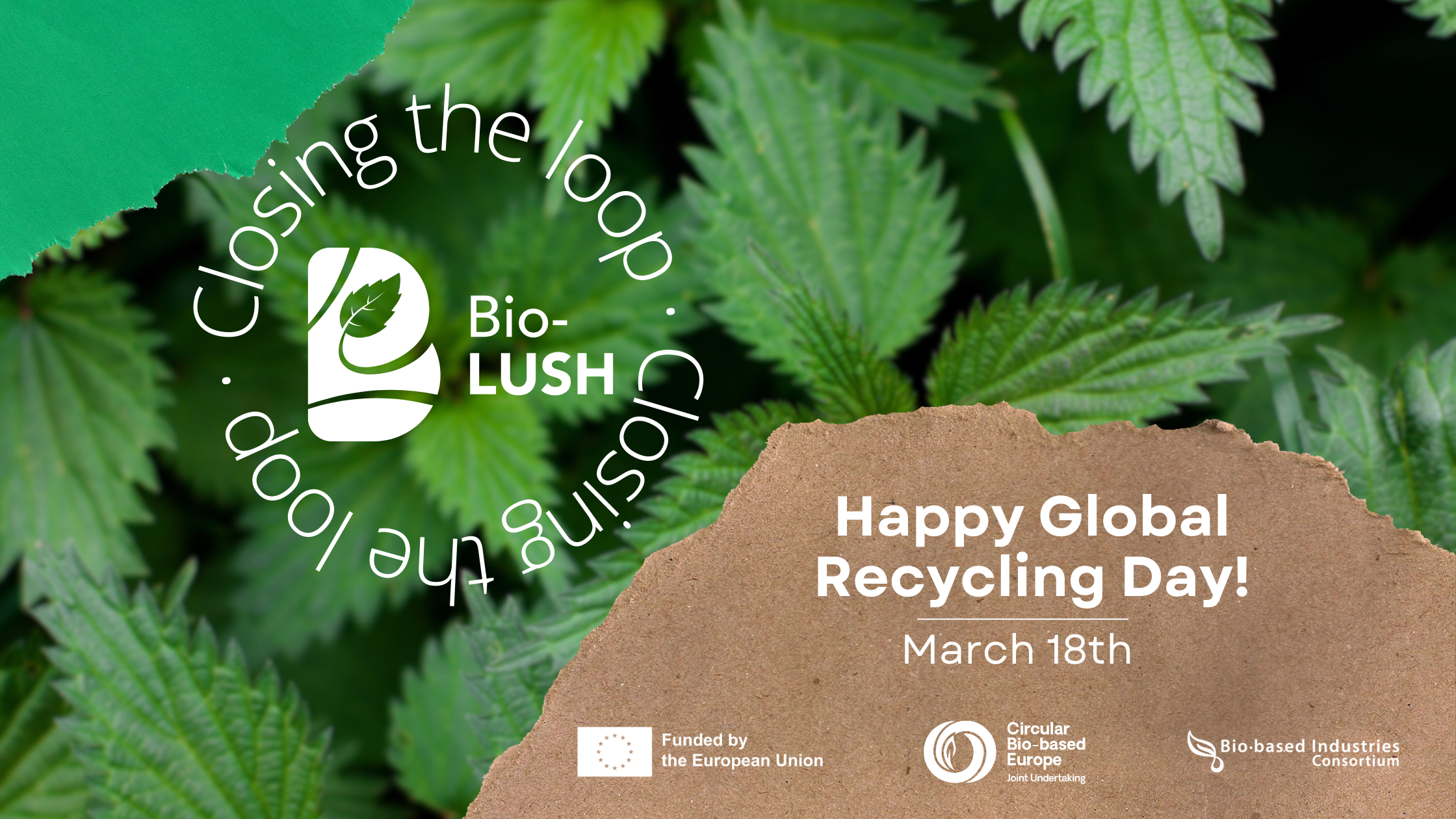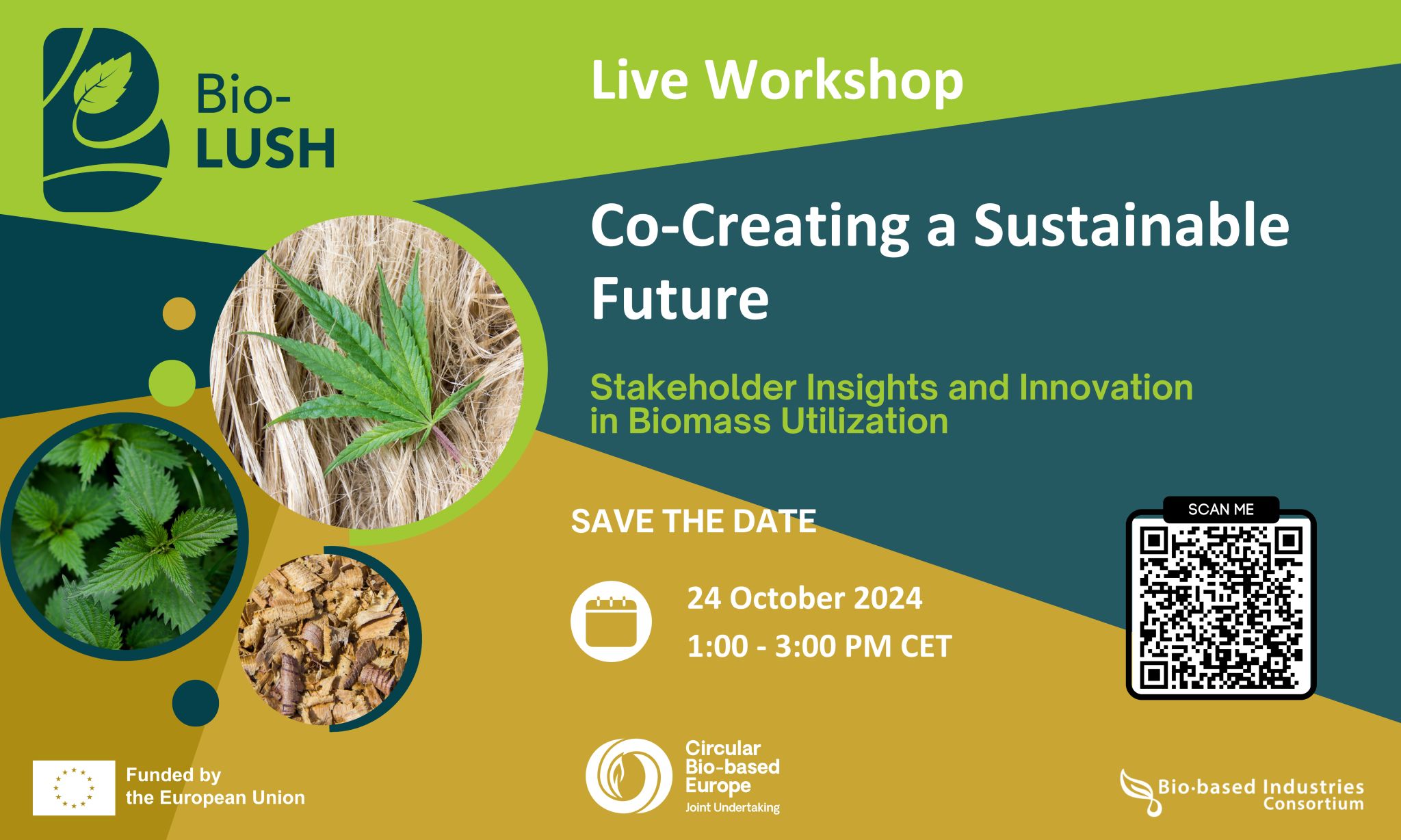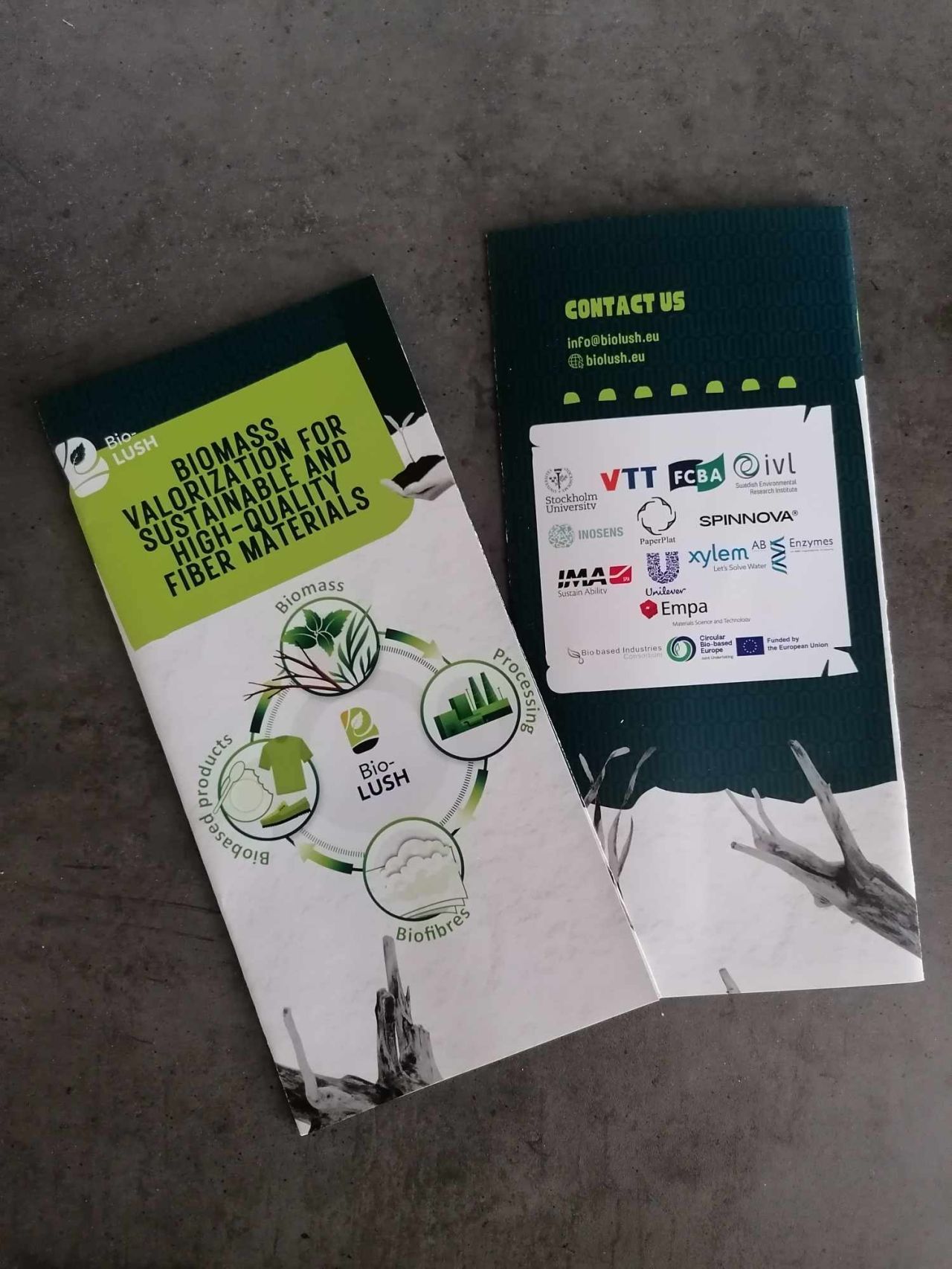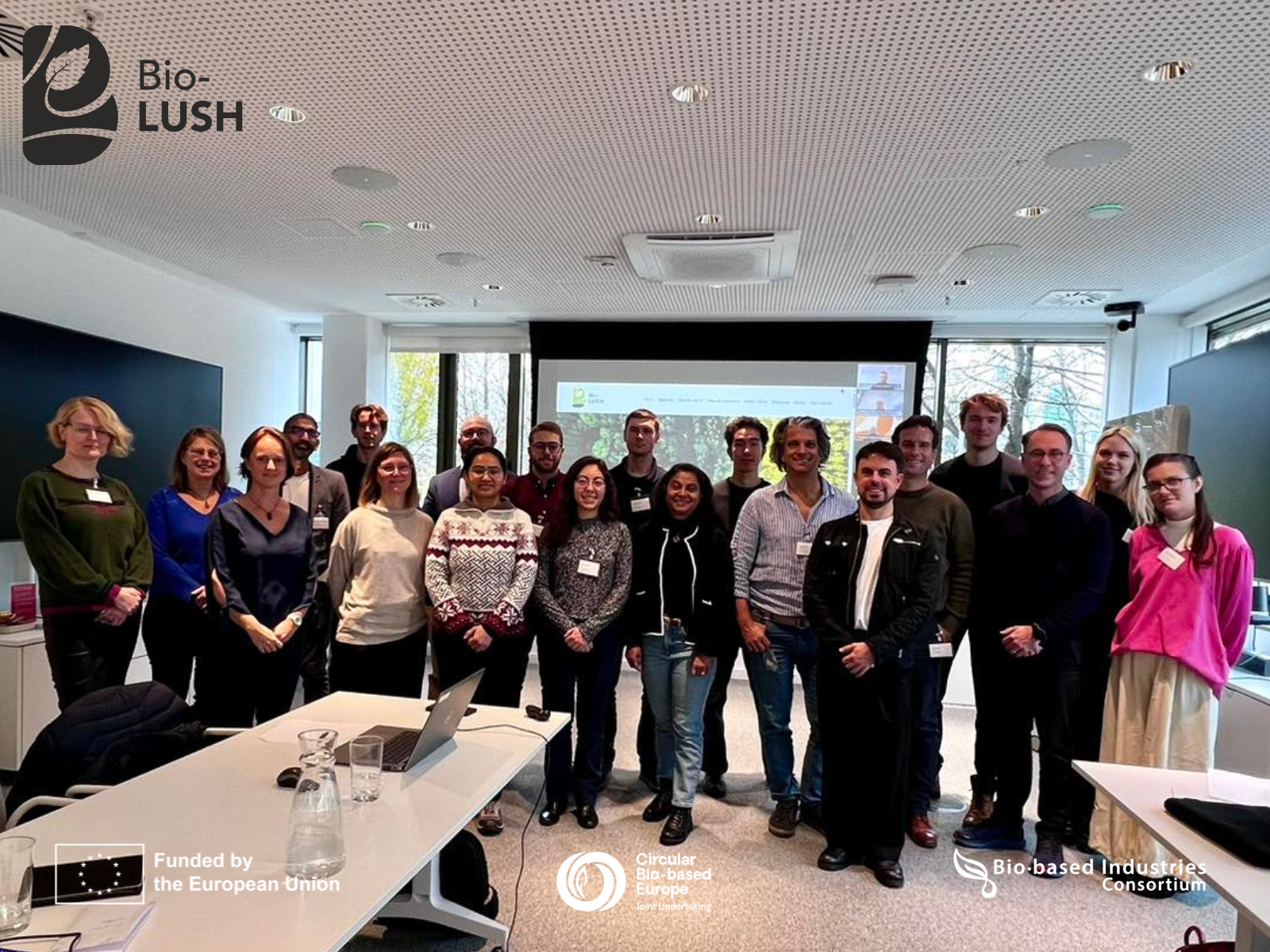The “Transition Pathway for the Chemical Industry” is a strategic roadmap designed to guide the chemical industry towards sustainability and climate neutrality. This document provides a comprehensive framework for achieving these goals, outlining specific actions, milestones, and support mechanisms necessary for the transition.
Key Points of the Transition Pathway
The sustainability goals outlined in the pathway are ambitious and necessary. They include a 55% reduction in greenhouse gas emissions by 2030, in alignment with the European Green Deal, and a 32.5% increase in energy efficiency across the industry. Additionally, the pathway aims to promote a circular economy by increasing the use of recycled materials and improving waste management practices. These targets are essential for reducing the environmental footprint of the chemical industry and mitigating the impacts of climate change.
Innovation and research are critical components of the transition pathway. The document emphasizes the need for developing sustainable materials, such as biobased plastics and eco-friendly chemicals. It calls for significant investments in energy-efficient technologies, including advanced catalysts and low-energy separation processes. Public-private partnerships are encouraged to fund and support cutting-edge research and development (R&D). These efforts will drive technological advancements that are vital for achieving sustainability goals.
Cross-sector collaboration is another key aspect of the pathway. The document advocates for the establishment of multi-stakeholder platforms for knowledge exchange and joint projects. Partnerships between chemical companies, academic institutions, and technology providers are essential for addressing common challenges and developing shared solutions. By fostering industry-wide consortia, the pathway aims to leverage collective expertise and resources to drive the transition forward.
The regulatory framework necessary for supporting this transition involves implementing clear and consistent regulations that incentivize sustainable practices. This includes providing tax incentives and subsidies for companies investing in green technologies. Additionally, the development of standards and certification schemes for sustainable products and processes is crucial. These regulatory measures will create an enabling environment that supports the industry’s shift towards sustainability.
The economic and social impacts of the transition are significant. The pathway highlights the potential for creating new job opportunities in green chemistry, renewable energy, and waste management sectors. These jobs not only contribute to economic growth but also enhance public health by reducing air and water pollution. The transition fosters community development, particularly in regions hosting sustainable chemical plants and facilities, thus contributing to improved quality of life.
Setting clear milestones and monitoring progress are crucial for the success of the transition. The pathway provides a timeline that includes establishing baseline measurements for emissions and energy use by 2025, achieving intermediate targets for emissions reduction and energy efficiency by 2030, transitioning to a majority of sustainable production processes by 2040, and attaining full climate neutrality with zero net emissions by 2050. These milestones ensure accountability and help track the progress of the transition.
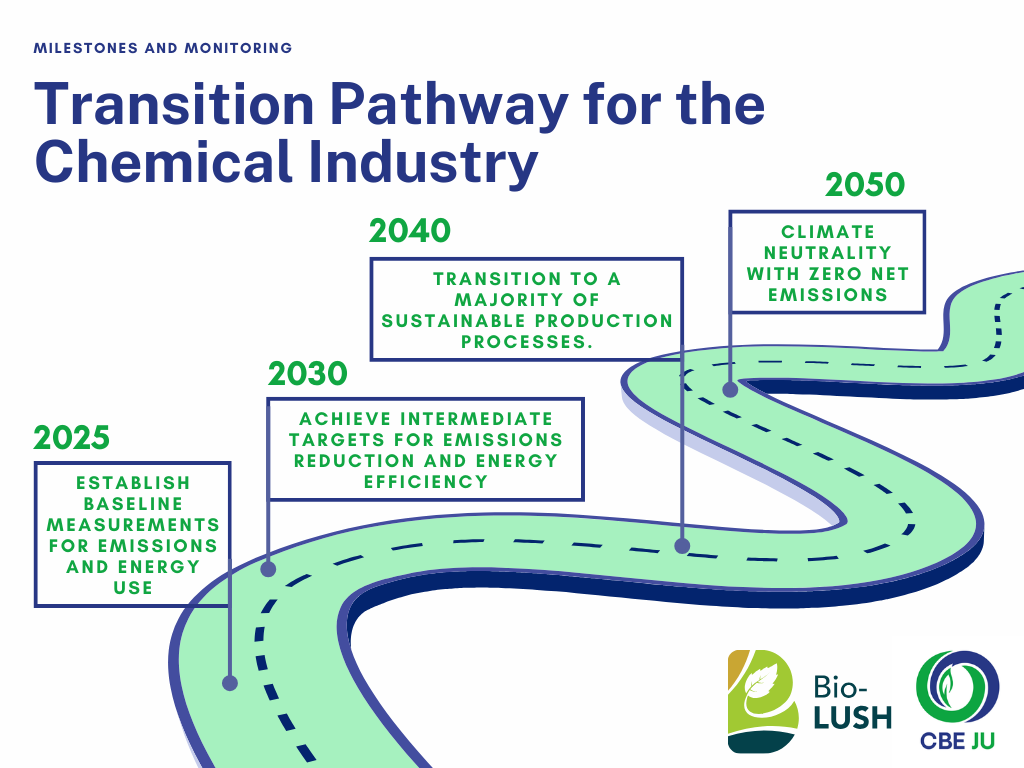
What This Means for Researchers, Companies, and the Broader Community
For researchers, this pathway provides a clear focus on areas like green chemistry and energy-efficient technologies. Concentrating efforts on these priorities allows researchers to significantly contribute to the industry’s sustainability goals. Companies benefit from this strategic guide by aligning their operations with sustainability objectives. The framework helps evaluate and adjust production processes, supply chains, and business models to minimize environmental impact. Companies are encouraged to invest in innovative technologies and adopt practices that enhance resource efficiency and waste reduction.
The broader community stands to gain from the successful implementation of this transition pathway. Improved public health and environmental quality are direct benefits of reduced emissions and cleaner production processes. Additionally, the transition supports global efforts to combat climate change, contributing to a more sustainable future for all.
Supporting the Transition
Achieving the goals outlined in the Transition Pathway requires coordinated efforts from various stakeholders. Governments and policymakers play a critical role by providing regulatory frameworks, incentives, and funding for research and development. Public-private partnerships can drive innovation and accelerate the adoption of new technologies. Academic institutions and research organizations are essential for advancing scientific knowledge and developing new technologies. Collaboration between academia and industry ensures that research is aligned with practical applications and market needs. Industry associations and non-governmental organizations (NGOs) facilitate knowledge sharing and best practices across the sector. They also advocate for policies and initiatives that support the transition.
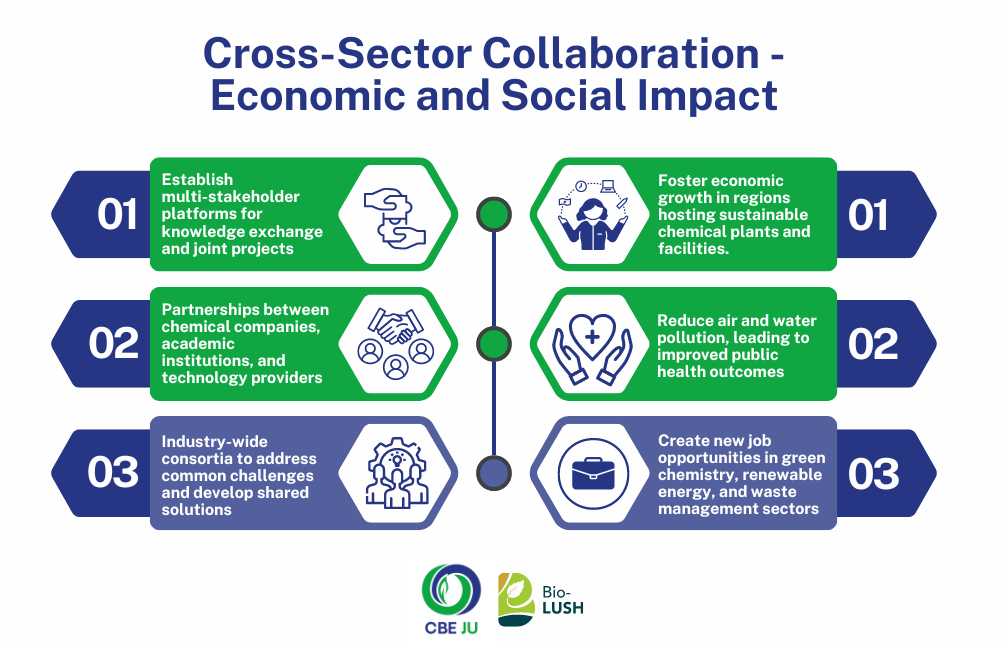
Bio-LUSH Project Aims to Support the Transition
The Bio-LUSH project exemplifies how innovative research can support this transition. Within Bio-LUSH, the process is being optimized and scaled up, aiming to use more energy-efficient routes to extract cellulose fibers from hemp hurd. The focus is on optimal refining of biomass and fibrillation to nanoscale, guided by end-use requirements and processing needs. Bio-LUSH’s processing techniques explore the potential for developing water-based processes and formulations using biobased components. Additionally, energy-efficient techniques such as melt compounding, water-assisted spinning, coating, casting, and 3D printing are emphasized. By advancing these innovative approaches, the Bio-LUSH project aligns with the goals of the “Transition Pathway for the Chemical Industry,” contributing to the development of sustainable and efficient biobased processes, supporting the broader transition to a climate-neutral and resource-efficient chemical industry.
Call to Action
The EU is calling for information on concrete actions taken by businesses, public administrations, or organizations to achieve the twin green and digital transition and increased resilience of the EU Chemical Industry (‘Transition Initiatives’). Through these initiatives, businesses, public administrations, and organizations can demonstrate their contributions to a greener, climate-friendlier, and more digital EU chemical industry. This information will show us all how, where, and when the transformation of the EU Chemical Industry is taking place.

